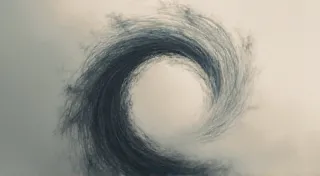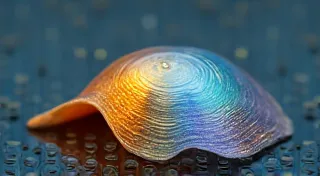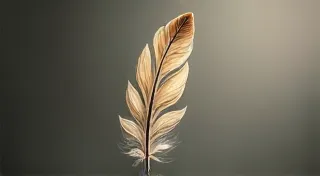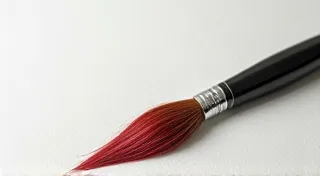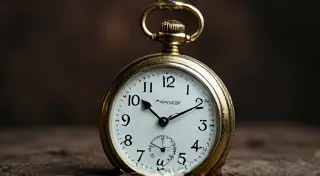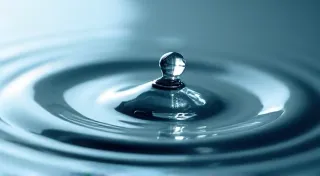The Alchemist's Signature: Personalizing Etched Bottles with Markings
There's a quiet magic in holding an antique bottle. More than just glass, they’re vessels holding whispers of history – the hands that shaped them, the contents they once held, and the lives they touched. For me, that magic is amplified by the artistry of reverse glass etching. It's a process that transforms these relics into personalized treasures, and adding an artist's mark, a symbol, or a monogram elevates it to a new level of emotional resonance. It’s like adding your own signature to a page of time.
My fascination with antique bottles began not with a desire to decorate them, but with a deep appreciation for the craftsmanship itself. It started years ago, inheriting a collection from my grandfather, a passionate accordion repairman. He’s the one who fostered my appreciation for intricate details and the beauty of time-worn objects. Accordions, like antique bottles, are a testament to human ingenuity. Every button, every reed, meticulously placed and tuned. They’ve survived wars, dances, and countless celebrations, bearing silent witness to moments both joyous and sorrowful. Just as you can feel the history vibrating within the bellows of an accordion, you can feel it radiating from a perfectly etched bottle.
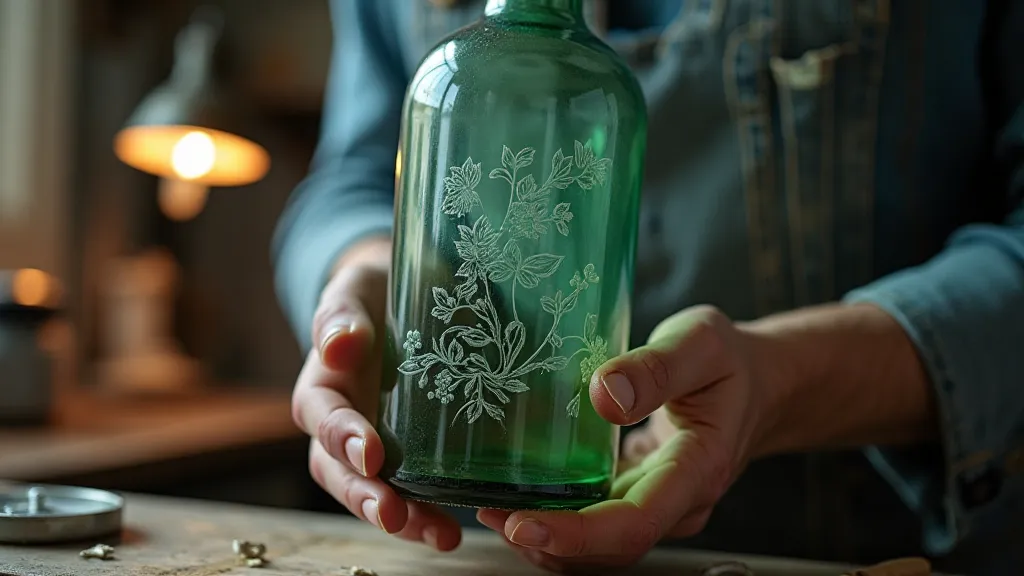
The Historical Context: Marks and Meaning
The practice of marking glass isn't new. Historically, bottle makers used stamps, pontil marks (the small dot where the bottle was detached from the blowing pipe), and occasionally applied labels or applied decoration using other methods. These marks served a practical purpose – identifying the manufacturer, often crucial for trade and legal purposes. But over time, these markings also became badges of honor, indicators of quality and craftsmanship. Think of the exquisite glass from Murano, Italy – the marks left by the masters are prized as much as the beauty of the glass itself. The history of glassmaking is rich and layered, and exploring antique bottle designs can offer a unique perspective on a bygone era. For those particularly interested in the artistic evolution of bottle shaping and decoration, it’s an avenue worth pursuing - you might find yourself captivated by echoes of antiquity in etching.
When we integrate our own marks into the reverse etching process, we’re participating in a long tradition. We’re not merely decorating an object; we’re imbuing it with our own personal narrative. A monogram can represent a family, a symbol can evoke a belief or passion, and even a simple signature can transform a piece from a lovely antique into a deeply personal heirloom.
Understanding Reverse Glass Etching
For those unfamiliar, reverse glass etching is a technique where a stencil is adhered to the glass surface, a protective coating is applied to the exposed glass, and then the glass is sandblasted. The stencil is removed, revealing the design. The beauty lies in the subtlety – the slightly frosted appearance of the etched area contrasts beautifully with the clear glass. It’s a forgiving technique, allowing even beginners to create stunning results. It’s far more than just “frosted glass;” it’s a way to subtly alter the surface, creating a depth and texture that is visually captivating. The entire process is a delicate balancing act, a dance between precision and artistic expression.
The key to a successful mark isn’t necessarily complexity. Often, the most powerful marks are the simplest – a single initial, a stylized leaf, or a geometric shape that resonates with the individual’s aesthetic. Sometimes, even subtle floral details, reminiscent of skeletal frames etching, can add a touch of elegance and intrigue.
Integrating Your Mark: Design Considerations
Before you begin, consider the existing character of the bottle. Is it a delicate Victorian flask or a robust industrial container? The design should complement the bottle's history. On a particularly ornate bottle, a simple monogram can provide a beautiful counterpoint. On a plain bottle, a more elaborate symbol might be appropriate. Think about the visual weight of your mark. Will it enhance the bottle's overall aesthetic, or will it overwhelm its inherent charm? The placement, too, plays a crucial role in conveying the intended message - it's akin to composing a miniature work of art, carefully considering every element.
Placement is equally important. A small, discreet mark near the base or neck of the bottle can be quite elegant. A larger mark placed centrally can serve as a focal point. Think about symmetry and balance – the mark should feel integrated into the overall design, not tacked on as an afterthought. Consider, too, how the light will interact with the etched surface, highlighting the mark’s presence and accentuating its details.
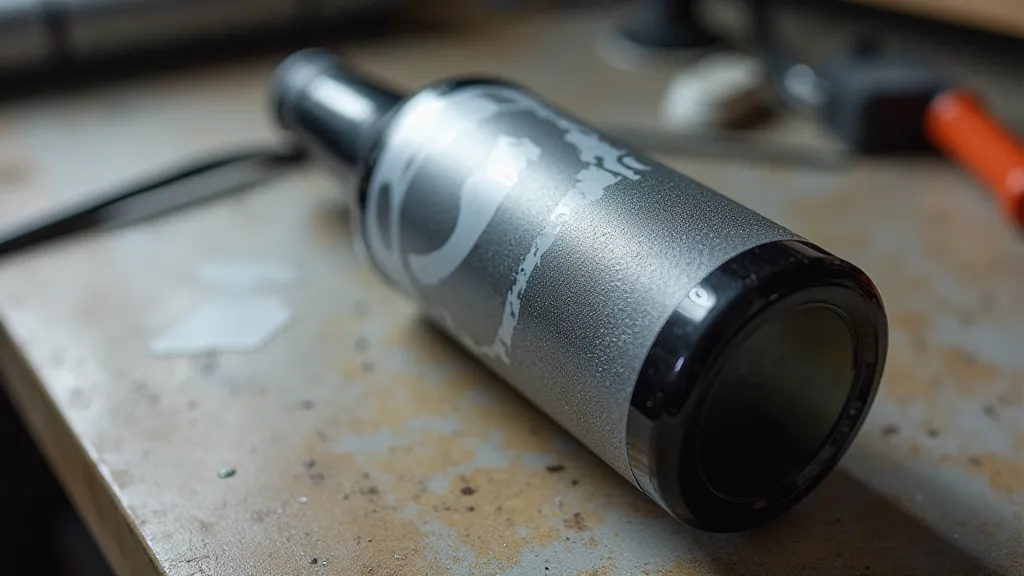
Techniques and Tools for Marking
Creating the stencil is the most crucial step. You can use commercial stencil film, but for more intricate marks, consider using a self-adhesive vinyl. These are readily available in various thicknesses and are ideal for cutting detailed designs with a craft cutter. The precision with which you create the stencil directly influences the quality of the final etching. Imagine attempting to recreate the vastness of the cosmos on a small glass surface – a daunting task, but one that captures the spirit of artistic endeavor. Some artists find inspiration in the celestial realm, striving to capture the wonder of the stars within their etched designs – a process often celebrated in bottled constellations etching.
When transferring your design, be meticulous. Any imperfections in the stencil will be revealed in the final etching. Ensure the stencil is firmly adhered to the glass, free of bubbles or wrinkles. Proper masking is key; the exposed glass must be perfectly clean and free of dust or debris. Think of it as preparing a canvas before applying paint - meticulous preparation is the foundation of a masterpiece.
The sandblasting process itself requires patience and a steady hand. Start with a low pressure and gradually increase it until you achieve the desired level of frosting. Consistent pressure is vital for an even result. Take breaks to assess your progress and avoid fatigue. Sandblasting isn't simply about removing material; it's about sculpting light and shadow, creating depth and texture - a testament to the artist’s control and vision.
More Than Decoration: Restoration and Respect
It's important to approach reverse glass etching with a sense of respect for the bottle's history. These are often fragile objects, and any alteration should be done with care. While some collectors frown upon any modification to antique bottles, others appreciate the artistry of personalization. Ultimately, it’s a matter of personal preference. Often, replicating antique imagery on glass becomes a passion - a quest to preserve and honor the past, while adding a contemporary touch.
If you’re unsure, consider consulting with a bottle collecting expert. They can advise you on the bottle’s rarity and historical significance, and help you make an informed decision about whether or not to proceed with etching. They might even share insights into the specific techniques and imagery favored by artisans of bygone eras.
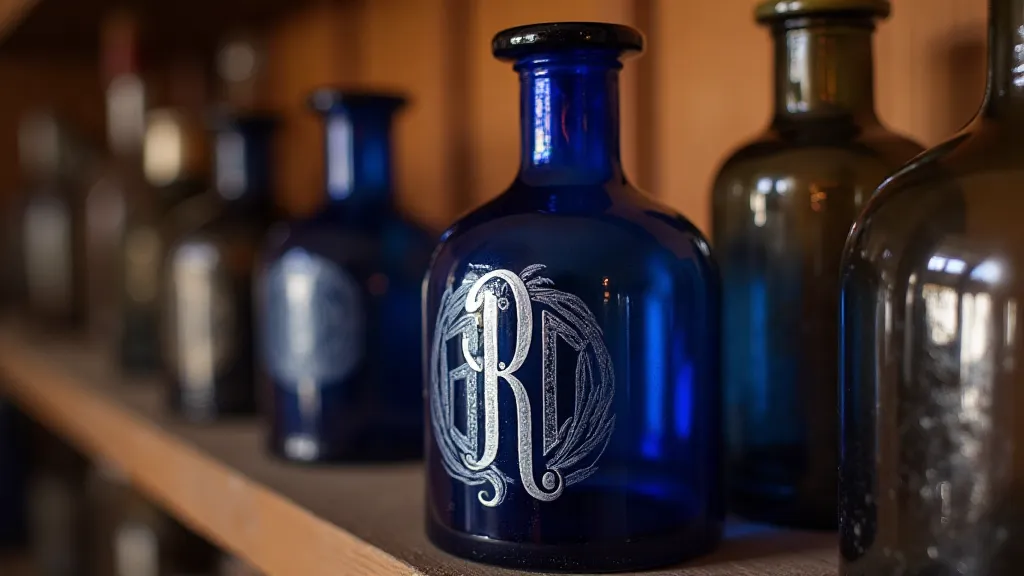
The Enduring Legacy
Personalizing antique bottles with artist’s marks is more than just a craft; it’s a way to connect with history, express creativity, and create lasting heirlooms. It’s a practice that blends artistry, respect, and a touch of alchemy, transforming ordinary objects into vessels of personal significance. It's a way of imbuing an object with stories, memories, and emotions - creating a tangible link to the past, present, and future. The process evokes a sense of timelessness, as if the etched bottles were destined to be treasured for generations to come.
Like the meticulous repairs my grandfather performed on those accordions, each mark tells a story, a testament to the enduring power of human creativity and the beauty of objects well-loved. These altered bottles become more than just containers; they become tangible embodiments of personal narratives, artistic expression, and enduring legacies. They stand as monuments to the power of creativity to transform the ordinary into the extraordinary, capturing moments in time and preserving them for posterity.
Imagine a collection of these personalized bottles, each one telling a unique story, each one representing a cherished memory. They would be a visual symphony of artistry and emotion, a testament to the enduring power of human creativity. The possibilities are endless, limited only by the imagination and the willingness to embrace the challenge.
